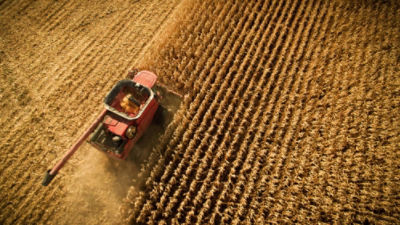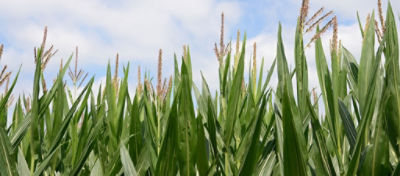7 Management Practices for 300 bu/acre Yields in Corn
By Mark Jeschke, Ph.D., Agronomy Manager
By Mark Jeschke, Ph.D., Agronomy Manager
Looking to break 300 bu/A? While we don’t have ALL of the answers, we do have some tips and tricks that will get you closer to those grain bin-busting numbers come harvest time! (01:12)
Pioneer has been leading hybrid corn development since 1920. And is just getting started.

To win the NCGA yield contest, you’ve got to do more than join the Corn Revolution. You’ve got to be a revolutionary.
See the Revolutionaries
This year, after a decade of innovation in genetics, breeding, technology and testing, everything came together. Resulting in better results and better returns.
See Local Yield DataUse our corn seed guide to explore Pioneer® brand corn products that will maximize yield potential on every acre.
Find Products
The foregoing is provided for informational use only. Please contact your Pioneer sales professional for information and suggestions specific to your operation. Product performance is variable and depends on many factors such as moisture and heat stress, soil type, management practices and environmental stress as well as disease and pest pressures. Individual results may vary.
